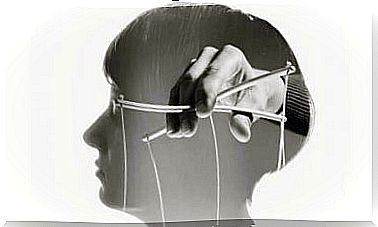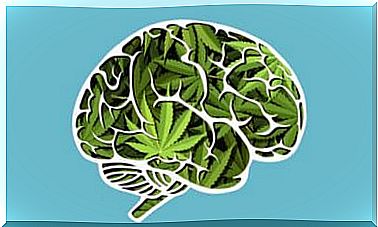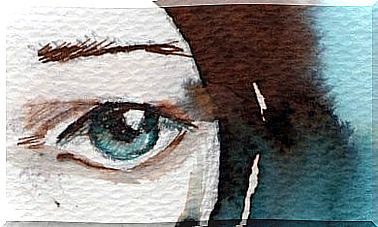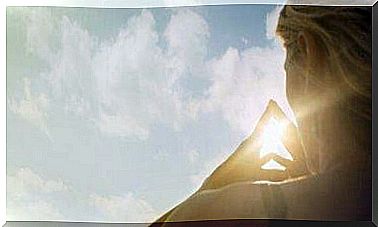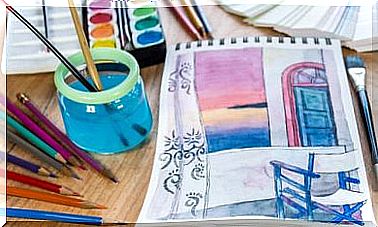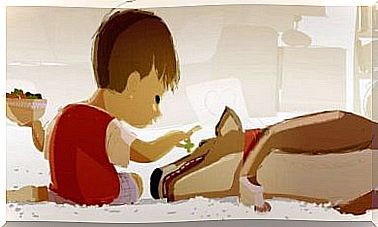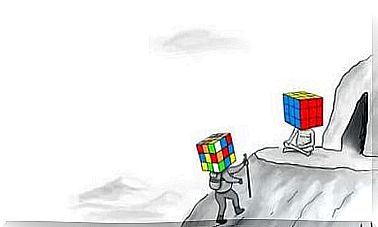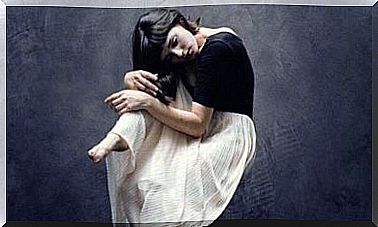The Red Book, How Carl Jung Saved His Soul

They say that Carl Jung’s Red Book contains a ghost who strives to roam the underworld to save his soul. This work by Jung is intellectually legendary.
It’s puzzling and fascinating. For many, it is the Holy Grail of the irreverent. For others, just the ravings of a madman who, in just a few seconds, condemned all of humanity.
This mysterious manuscript was written by Carl Gustav Jung between 1914 and 1930. It is an unfinished book that is prophetic, mystical and psychological. It also features shocking illustrations of gods mixed up with ancestral demons.
Few people are willing to attempt to provide a logical and rational explanation for what the father of analytic psychology intended to do with his Liber Novus. Perhaps the work would lead nowhere at all.
Perhaps it makes no sense at all to look at a work from a scientific perspective that may have served only as a purgative for the author, a personal therapy in which he let his demons run wild during a moment of existential crisis.
It may be that the Red Book was nothing more than that. However, we must not overlook one important puzzle piece. After Jung died, his family very suspiciously kept the manuscript under lock and key in a house in Kusnacht, on the outskirts of Zurich.
No one was allowed to come near it—neither students nor specialists who had studied Jung.
Later, in 1984, the Red Book or Liber Novus was moved to a bank. It was not until 2009 that Ulrich Hoerni, Jung’s grandson, had the manuscript published. This highly anticipated event left pundits and fans breathless and speechless.
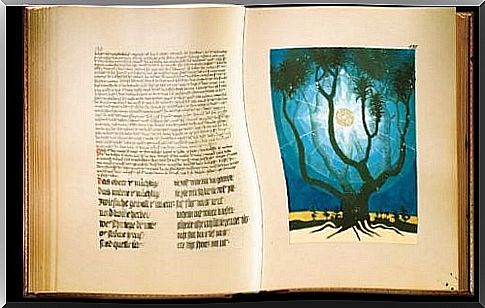
Carl Jung’s Red Book: A Mind in Crisis
This is one of the paragraphs from the first chapter of the Red Book. For those who are familiar with Jung but have never looked at this work, the first thing that strikes them about the text is probably how strange and contradictory it is.
Reading it makes us feel like we have a wild world in our hands. It is almost a holy and forbidden Bible, bound in red leather, filled with beautiful cream colored parchment paper and covered with gold lettering.
It is interesting to note that after this work was finally published, many experts who studied Jung (such as Andrew Samuels) quickly proclaimed that Jung was not mentally ill. However, some said that this book was clearly the result of the psychotic breakdown Jung went through after his argument with Freud.
That was not the case. In reality , Jung was going through a deep personal crisis. He started a new chapter in his life, and this led to an intellectual evolution. He started writing the Red Book in 1914.
So this was just at the beginning of the First World War, when he was working as a doctor and psychiatrist in Switzerland. Jung was deeply disappointed in humanity and deeply skeptical of the rational science of his time.
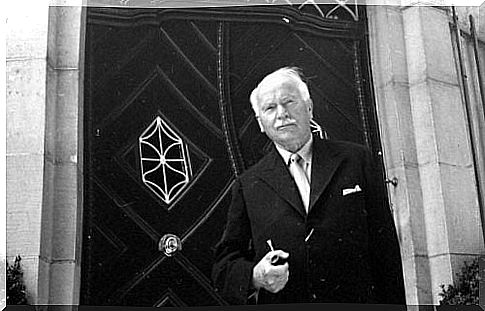
The Purifying End of the Red Book
The Red Book is above all an intimate diary. We run into huge problems when we try to untangle the jumble of symbols and codes and alchemy.
This is due to the simple fact that no one can remove the sheath to dissect the body that housed this strange spirit. In fact, the ghost that was one of the best examples of the utopian universe.
In the pages of this book , Jung explores his own psyche and its relationships with his subconscious mind. All this he does within a profound architecture in which he was, of course, the privileged explorer.
He used the psychonautical technique to shape each page. He did this with the help of active fantasies that he collected from his meditations, where images could flow freely. The images that stayed with him longest were incorporated into illustrations and descriptions.
This is how all the archetypes that would eventually evolve initially come about. At times, his more turbulent worlds also emerge. Just like that shadow that we often do not recognize as our own shadow, but actually shows the shape of our true self.
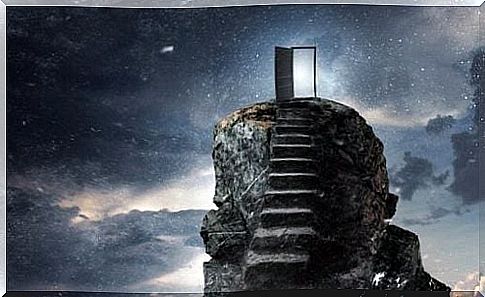
One last piece of advice
However, when the Red Book was finally published in 2009, something remarkable but also wonderful happened. Many of Jung’s former patients came forward with testimony. These people seemed to understand the purpose of the book.
While some shake their heads disapprovingly at this literary ocean, filled with trees of wisdom, reptilian brains, starving dragons and kundalini snakes, others just remember the advice Dr. Jung often gave:
Wise advice from a great teacher, whose shadow and intellectual legacy never cease to delight and amaze us.
